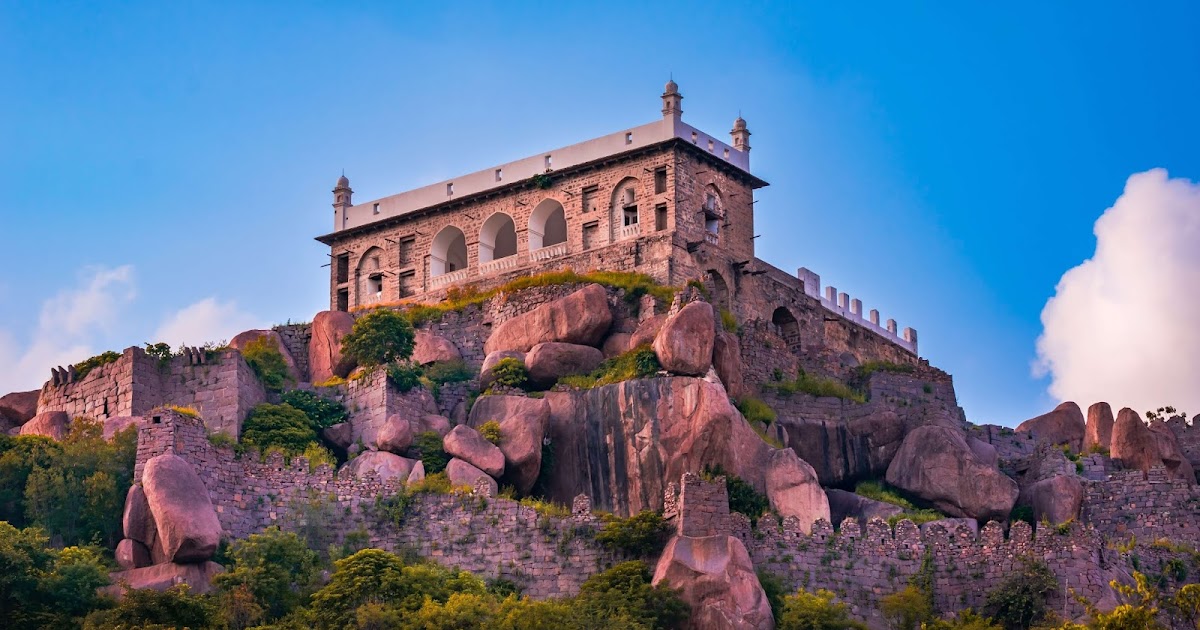

Because of the vicinity of diamond mines, especially Kollur Mine,
Golconda flourished as a trade center of large diamonds known as Golconda Diamonds.

Golconda fort is currently abandoned and in ruins. The complex was put by UNESCO on its "tentative list" to become a World Heritage Site in 2014,
With other forts in the region, under the name Monuments and Forts of the Deccan Sultanate (despite there being a number of different sultanates).

Golconda Fort, also known as Golla konda, is a fortified citadel buiolt by the Kakatiyas and an early capital city of the Qutb Shahi dynasty (c.1512-1687),
located in Hyderabad, Telangana, India. Because of the vicinity of diamond mines, especially the kollur Mine, Golconda flourished as a trade center of large diamonds,known as
The Golconda Diamonds.

Following the death of Sultan Mahmood Shah, the Sultanate disintegrated and Sultan Quli, Who had been appointed as the Governor of Hyderabad by the Bahmani Kings, fortified the city and made it the capital of the Golconda Sultanate.

The region has produced some of the world's most famous diamonds, including the colourless koh-i-Noor (now owned by the United kingdom), the blue Hope(United states),
the pink Daria-i-Noor (lran), the white Regent (France), the Dresden Green (Germany), and the colourless Orlov (Russia), Nizam and Jacob (India), as well asb the now lost diamonds Florentine Yellow, Akabar Shah and Great Mogul.
